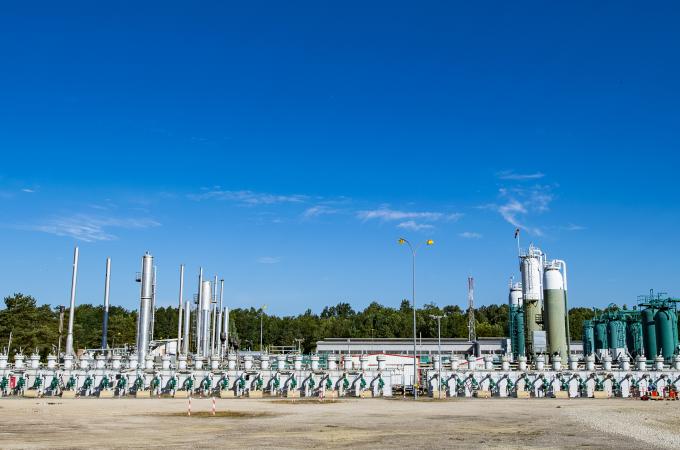Storengy partner of the GERG research programme
The European Gas Research Group (EGRG) has launched a groundbreaking research project.

The European Gas Research Group (GERG) has kicked off a groundbreaking research project to test the most promising site-level technologies for quantifying methane emissions from assets, reaffirming the crucial role of gas infrastructure in the energy transition.
The project is coordinated by the Spanish transmission system operator Enagás and supported by Bureau Veritas, as field coordinator, with the participation of 14 other European gas infrastructure operators and gas associations including Storengy, Danish Gas Center, ENGIE, Gassco, Gasunie, GERG, GRTgaz, Medgaz, National Grid, Open Grid Europe, Snam, Sedigas, Synergrid and Uniper.
This initiative is in line with the European Commission's objective to develop legislation by the end of 2021 to reduce methane emissions in the energy sector.
In addition, this initiative will contribute to the strategy of European energy companies to achieve the GOLD OGMP 2.0 standard, a voluntary initiative coordinated by the United Nations Environment Programme (UNEP). This work will demonstrate the gas sector's efforts to improve the quantification of its methane emissions, with a view to reducing them with the knowledge gained during this exercise.
The energy sector sees the reduction of methane emissions as an opportunity to actively contribute to short-term climate change mitigation, accelerate environmental commitments and enhance the environmental value of natural gas and gas infrastructure. Gas operators remain as committed as ever to achieving the EU's Green Deals objective. This is a strategic project to control and ensure methane reduction.
New Top-Down Technologies
This project seeks to provide participants further knowledge on how to use new top-down and site level technologies for greater accuracy, since the gas industry is normally using the bottom-up approach to detect and quantify methane emissions. The top-down approach can provide comprehensive information about emissions at a site or in a region, whilst bottom-up approach focuses on individual sources and equipment.
For the blind tests, the most promising technologies have been selected according to the results of a previous GERG project lead by RICE (Research and Innovation Center for Energy of GRTgaz), where a state-of-the-art study of site level technologies was developed.
This project will test the selected technologies in October, to assess their accuracy and reliability for methane emissions quantification.
The blind tests with controlled leaks will take place during one week, and will be carried out with different flow rates at the Enagás infrastructure in Spain. The second phase of this project will be implemented in LNG regasification terminals, underground gas storages and compressor stations in different European countries, in order to observe the behavior of 11 cutting-edge different technologies (9 top-down and 2 bottom-up), including fixed and mobile platforms.
Advisory Board Members
The project will also count with an advisory board to validate the scope and test program and to check the results. This board will be composed of the European Gas Research Group (GERG), Environmental Defense Fund (EDF), European Commission’s Joint Research Centre, Research & Innovation Center for Energy (RICE GRTgaz), University of Texas, European Commission, Marcogaz, Queen Mary University, Florence School of Regulation (FSR), Gas Technology Institute (GTI), DLR and United Nations Environmental Program (UNEP).
An independent analysis of the results will be carried out for the study by the French laboratory LSCE, to produce a public report and a scientific publication. A set of recommendations on the best available technologies to be used for the midstream assets will also be developed. This will be used in a future phase of the project involving measurements on midstream sites.
